|
Getting your Trinity Audio player ready...
|
Machine Learning for the Healthcare industry relies massively on new technologies to increase and optimize its capabilities. Healthcare is a multi-trillion-dollar global industry, growing each year as average life expectancy keeps rising. New technologies offer more accurate diagnoses, change the way medical professionals work, help save lives, and reduce the patient’s suffering while going through the traditional methods of diagnosis and treatments. Technologies like Machine Learning and Deep learning can be implemented at every stage of healthcare, creating tools that doctors and patients can take advantage of. Healthcare is a data-driven industry that generates about one trillion gigabytes of data annually and this enormous volume of data collected is impossible to analyze by human beings.
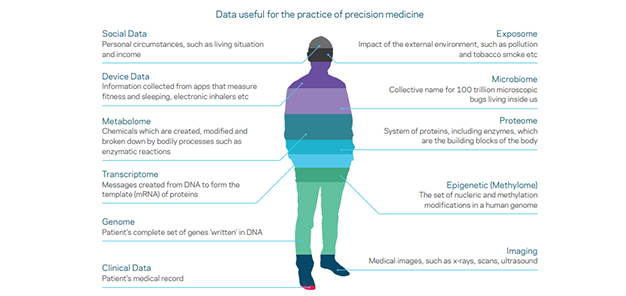 Image Source: Orion Health
Image Source: Orion Health
The role of Machine Learning in Healthcare
According to Health IT Analytics, a Deep Learning machine learning program by Google predicts breast cancer with 89% accuracy.
The following are a few use cases of Machine Learning in the Healthcare industry.
Predictive analysis
Predictive analysis is the subsidiary of advanced analytics that predicts about unknown future events. It mainly uses data mining, statistics, modeling, machine learning, and artificial intelligence to analyze the current data and make predictions of the upcoming trend and behavior. The pattern found in historical and transactional data can be used to identify risks and opportunities in the future.
Predictive analysis applications in health care can identify patients who are at risk of developing certain conditions or lifetime illnesses. One of the most remarkable breakthroughs, especially for the healthcare sector, is Computer Vision. A doctor can get a 3D image that pinpoints the exact location of the tumor, which in turn will result in more rapid and accurate treatment. There is software available that optimizes time efficiency and accelerates the plan of action to be taken to treat the patient. In this use case if the historical data of the patient is already present and if we are successful in extracting useful insights then the doctors can triage paramedics based on the severity of the case.
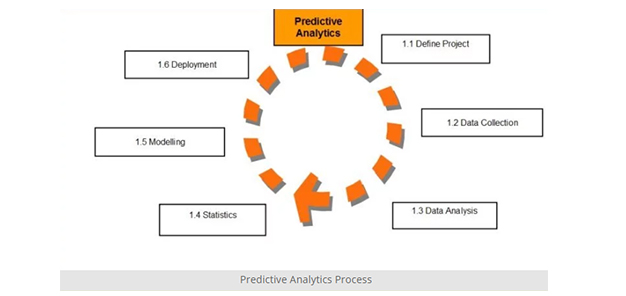 Image Source: Predictive Analytics Today
Image Source: Predictive Analytics Today
Classification of Cancer
Deep Learning plays a vital role in the early detection of tumors, which results in higher survival rates. By leveraging Deep Learning, highly accurate diagnostic results can be achieved.
One of the most common cancers, especially in the United States, is Skin cancer. Dr. Rob Nova, in the year 2015, saw the breakthroughs in computer vision and thus, wanted to utilize Artificial Intelligence in an attempt to contribute to the field of dermatology. The engineers at Stanford collected the dataset of patients from dermatologists and with the help of Deep convolution neural networks (CNN) they demonstrated the classification of skin lesions, trained end-to-end from images provided as inputs. In this use case, they train their datasets on two orders of magnitude larger than previous datasets which consist of almost two thousand different diseases, and further test its performance on 21 board-certified dermatologists. There are several models that fit on the datasets and the one which gives the best accuracy is picked to make sure that there is no misclassification.
The process involves detecting two categories of Cancer, where the first case identifies the most common cancer and the second detects the deadliest skin cancer. The figure tells us different kinds of skin illnesses found in the datasets using CNN. This whole study successfully achieved the dermatologist’s level classification of skin lesions images of skin cancer.
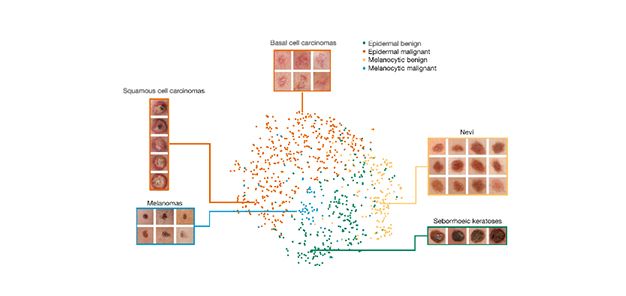 Image Source: nature.com
Image Source: nature.com
Malignancy Rate
Deep learning can be implemented in the study of malignancy rates where it can track the size of tumors and we can identify the metastases that might be overlooked. The algorithm is fed with more CT and MRI scans and thus, the accuracy is most efficient.
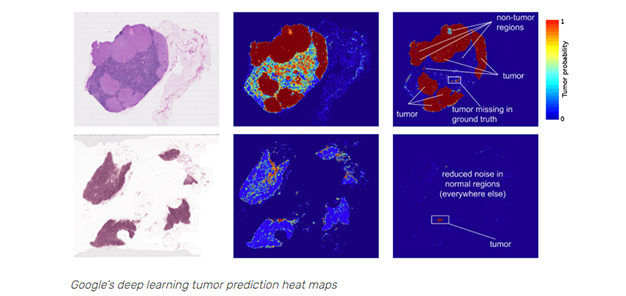 Image Source: emerj.com
Image Source: emerj.com
The above plot tells us about how the tumor is growing inside the body and with the help of the algorithm there is no chance of missing out on reading a tumor as a normal cell.
Many research-oriented entities encourage the healthcare industry to move forward to this approach as early detection of cancer can save many lives. Leveraging Deep Learning in Oncology and skin escalates the chances to find a cure for cancer.
Churn Analysis
The data collected from the patients that visit the doctors can help in generating constructive feedback for the future generation. Machine Learning powered churn analysis gives us the information on whether or not the patient will return to the same hospital for any kind of treatment in the future. Using the historical data of the patients, we can predict the at-risk patients, who may not return to the same hospital for any future treatments, by assigning them with a churn ratio and finding any opportunities to bring them back in the future. Customer lifetime value is the benefit that the hospital makes from one particular individual.
Radical personalization
The orthodox procedure that we follow in the medical field is that a patient describing his symptoms to the doctor and the doctor prescribes him the necessary medications to feel better. But what if the patient instructs the doctor on what to do? In simpler words, if there is a common flu that is to be treated for a group of people instead of using a similar vaccine for all the patients we try to personalize it with respect to each individual and make a vaccine that fits them the best. We can collect personal information from the patient and with the help of machine learning, we can customize the health outcomes. This will benefit us with a recommended treatment that we need to opt for a particular patient. This method improves wellness and adherence.
Discover new trends/anomalies
Machine learning is leveraged when a computer has been taught to recognize patterns by providing it with data and an algorithm to help understand that data. This procedure of learning from the data is called training and the output that we achieve is the model. These techniques follow a set of rules using vast amounts of computing power. The models used in machine learning are classification, clustering, and regression. The purpose of classification is to determine a label for the given data. Whereas clustering is used when a whole bunch of data is provided to us but we don’t have a determined outcome which means that the given data is unlabelled. In this step, we check for distinctive patterns in the data. Regression data is created when we want to find a number in our case to check whether or not a person with a chronic disease will return to the hospital.
Whilst performing these steps on the data we come across anomalies. The researcher must be able to identify and utilize relevant data to increase the reliability of the results. Using statistical techniques we handle fraud waste and unnecessary patterns in diverse clinical operations. After detecting the major trauma events we need to process this unstructured data and make sure that such outliers do not affect our model in a negative manner. Several data mining and statistical techniques help to tackle trends namely residual analysis and outlier analysis.
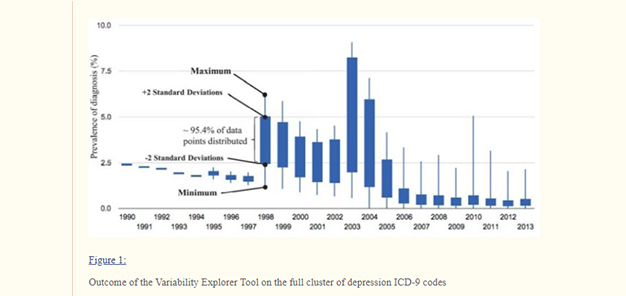 Image Source: NCBI
Image Source: NCBI
Conclusion
Advancements like personalized medicines and autonomous robotic surgery are slowly gaining momentum as the healthcare sector is leveraging Machine Learning to its best. Recommendations on health and treatments for diseases are personalized based on the patient’s medical history, diet, stress levels, past conditions, etc. Robots are being trained to perform complicated surgeries on humans and, that too, as efficiently as human doctors. Imagine an era where a patient can scan an image of his skin through his phone and know what kind of disease he is suffering from.
If you need any help with idea validation, proof-of-concept, Data Science consulting, large-scale AI implementation, Big Data Engineering, or a creative solution for your healthcare data. You are at the right place.
Talk to our experts
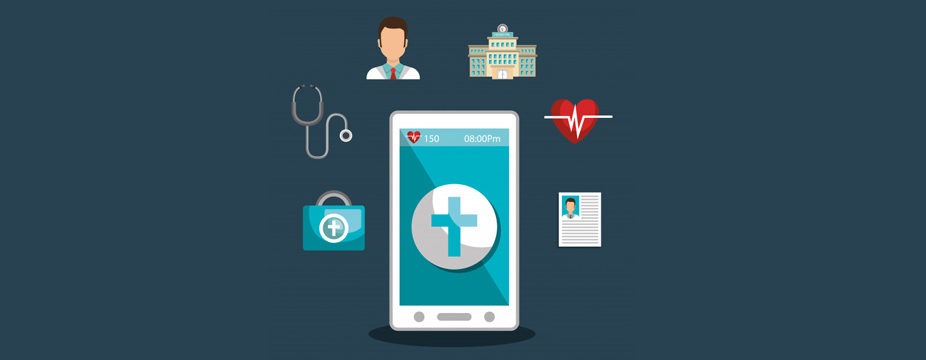

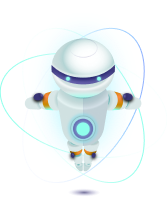
1 Comment
This is a great look at the application of machine learning use cases in healthcare, and it is refreshing to see data being used to bring value to healthcare, in many of the same ways that it is being applied to business and finance.